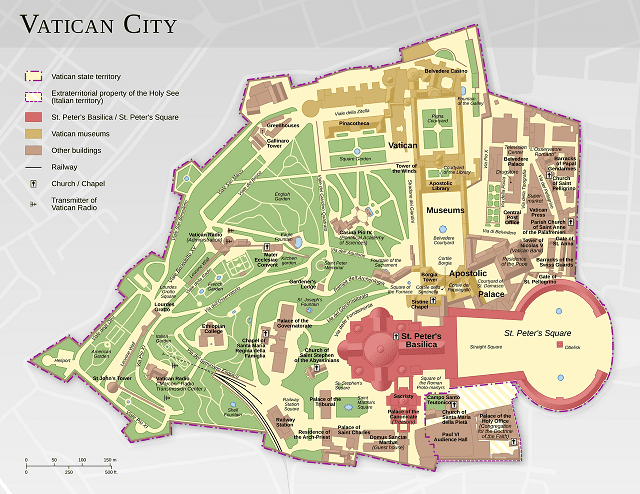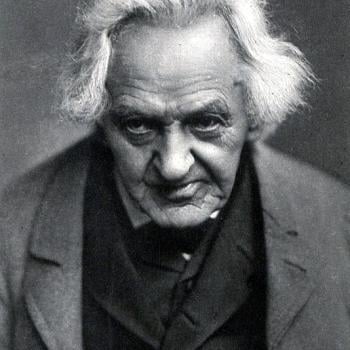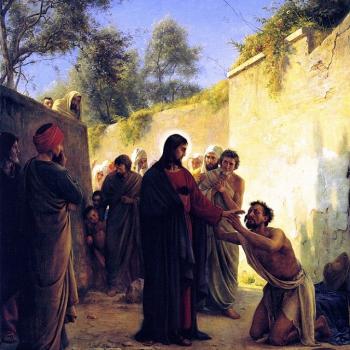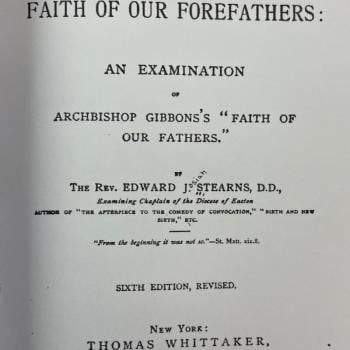
Nostra aetate, or the Declaration on the Relation of the Church with Non-Christian Religions is a document of the Second Vatican Council, promulgated on 28 October 1965.
*****
I’ve already addressed how radical Catholic reactionary author Taylor Marshall, in his book, Infiltration, has distorted what is in this document (word-search my long critique of his book). Underneath my Amazon review of the book, I received the following comment from one Robert Sionnach:
I read Mr. Armstrong’s article that he cited about Nostra Aetate [Does the Catholic Church Equate Allah and Yahweh (God)?] Mr. Armstrong makes Dr. Marshall’s thesis stronger, not weaker, if you take the time to read Armstrong’s thesis on the document. This is exactly what Dr. Marshall is trying to point out: the ambiguous statements of the Vatican II documents were made so deliberately so that they could be interpreted in a Modernist fashion. It is far easier to interpret them in a religiously pluralistic fashion than an orthodox fashion.
The average person would hear “Catholics and Muslims both worship the one God of Abraham” and believe that to mean that the Catholic and Muslim views of God are the same. That’s Dr. Marshall’s point. Nowhere in Nostra Aetate do you see clarification and distinction — you only see equivocation of language that could very easily be interpreted in an equivocal manner. Thank you Mr. Armstrong for making Dr. Marshall’s point even stronger. And I mean that sincerely — I believe what you say in your article makes his case far more strongly than I could have made it.
It depends what you mean by “average person.” If a person knows anything about theology or comparative religion at all, they know that Christian monotheists believe in a triune God and Jewish and Muslim monotheists (and cults like Jehovah’s Witnesses) do not. So if someone is quite ignorant of theology, they could indeed arrive at this confusion. But I would argue that such “high” documents of the Church are not written for theological ignoramuses in the first pace. They presuppose some knowledge of theology.
You state, “Nowhere in Nostra Aetate do you see clarification and distinction — you only see equivocation of language”. This is untrue. It states:
Indeed, she proclaims, and ever must proclaim Christ “the way, the truth, and the life” (John 14:6), in whom men may find the fullness of religious life, in whom God has reconciled all things to Himself. (English translation on the Holy See website)
This (I submit) virtually presupposes the incarnation, which in turn is an assertion of the divinity of Christ. Islam and Judaism could never say such a thing about a mere man. But we do, and it is in the document. It also acknowledges teachings “differing in many aspects from the ones she holds.” This is simply not indifferentism: much as some folks want to fit that square peg into the round hole of the document.
Moreover, it applies the capitalization of a divine pronoun twice to Jesus (which presupposes His divinity): “Indeed, the Church believes that by His cross Christ, Our Peace, reconciled Jews and Gentiles, making both one in Himself.” Jews and Muslims could never do that; it would be blasphemy. Nor could they ever call a man (even a God-Man as it were) “Our Peace.”
The double capitalized divine pronoun applied to Christ appears in the English translation on the Holy See site. It also appears in the Walter Abbott translation of the conciliar documents, but not in the Austin Flannery translation. That’s okay; most Bibles (including Catholic ones like Douay-Rheims) do not follow the practice (NASB is an exception). In the same section 4, “His passion” occurs twice as well (in both the Abbott and Holy See versions). The section ends as follows:
It is, therefore, the burden [Abbott and Flannery: duty] of the Church’s preaching to proclaim the cross of Christ as the sign of God’s all-embracing [Flannery: universal] love and as the fountain from which every grace flows. [Flannery: source of all grace]
That could not, of course, be written by a Muslim or a Jew. It could only be written by a Christian. So what you say about the document (“far easier to interpret them in a religiously pluralistic fashion than an orthodox fashion. . . . you only see equivocation of language”) is simply false, and I think I just proved it.
***
Photo credit: Thomas Römer/OpenStreetMap data: Map of the Vatican City (3-23-13) [Wikimedia Commons / Creative Commons Attribution-Share Alike 3.0 Unported license]
***












